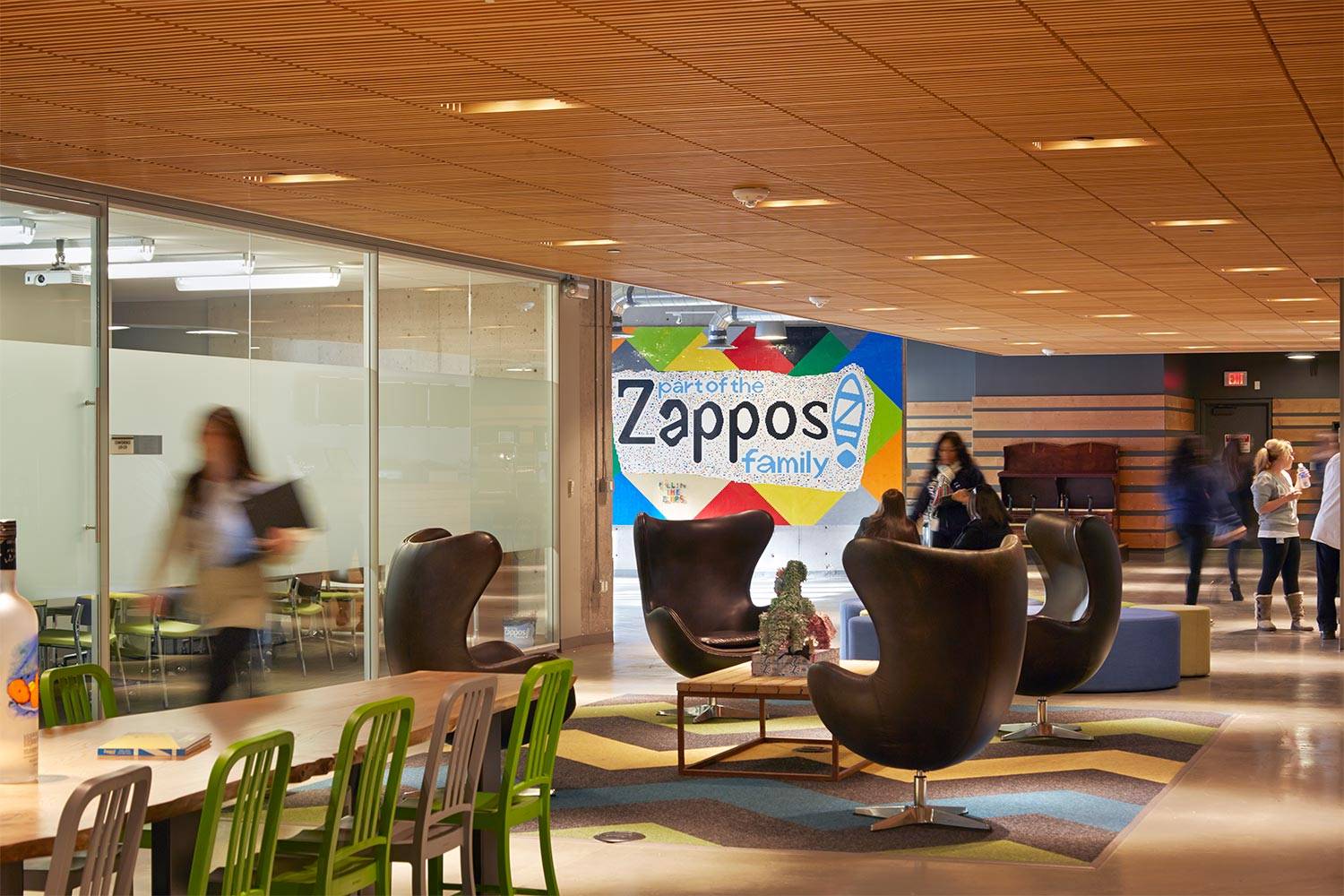February 22, 2019
When assessing workplace strategy: we should always test rather than guess
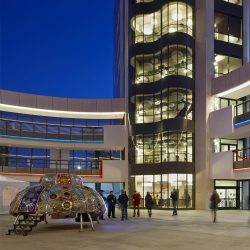 Would an investor plow millions of dollars into a stock and never bother to track how the investment does? Of course not. Nor would they confuse the expected return on investment (ROI) with the actual results. We don’t guess about financial investments. We don’t base investment decisions on what some stranger does or how they say they’ve done. So why then, do many of the largest companies in the world invest millions of dollars in buildings or renovating their workplaces and never even bother to measure results. Why are they so willing to copy the unproven workplace strategy of others? Why are they satisfied with projected results, rather than measuring how their investments actually perform?
Would an investor plow millions of dollars into a stock and never bother to track how the investment does? Of course not. Nor would they confuse the expected return on investment (ROI) with the actual results. We don’t guess about financial investments. We don’t base investment decisions on what some stranger does or how they say they’ve done. So why then, do many of the largest companies in the world invest millions of dollars in buildings or renovating their workplaces and never even bother to measure results. Why are they so willing to copy the unproven workplace strategy of others? Why are they satisfied with projected results, rather than measuring how their investments actually perform?
Many generate data about real estate performance—metrics such as amount of space saved, cost per square foot, or total energy costs—but those all miss the point. We don’t—or shouldn’t—spend tens of millions of dollars to build or renovate buildings because we want to save energy costs or reduce space. Those should be secondary to the real benefit of the building—helping the organization meets its fundamental business objectives.
 For me, the context of healthcare really illustrates the point. Think of the CEO of a hospital telling the family of a patient who has died because of a medical error or infection that they are terribly sorry, but the family should remember that the new hospital is fifteen percent more energy efficient than the old one. That would be seen, rightly, as ridiculous. In the corporate workplace, like hospitals, we should be designing buildings that promote the health, well-being, and performance of those using the facility; and in the process, help companies strengthen their competitive position in the marketplace.
For me, the context of healthcare really illustrates the point. Think of the CEO of a hospital telling the family of a patient who has died because of a medical error or infection that they are terribly sorry, but the family should remember that the new hospital is fifteen percent more energy efficient than the old one. That would be seen, rightly, as ridiculous. In the corporate workplace, like hospitals, we should be designing buildings that promote the health, well-being, and performance of those using the facility; and in the process, help companies strengthen their competitive position in the marketplace.
To do that we need data, not guess work. Hospitals have turned to what’s been called “evidence-based design” (EBD) in search of data to inform facility decisions. The motivation is straightforward. Somewhere between 50,000 and 98,000 patients die in the US each year from medical errors. Between twenty and fifty percent of surgeries are unnecessary. And every year 7,000 people die from medication errors alone.
These are dismal statistics. As is true of any ecological system comprised of a dense web of interdependent factors, one can break into the system and intervene at any point in an attempt to shift its direction, disrupt its current trajectory, and improve its performance.
Design as an entry point
For policy wonks and financial analysts, using design as the entry point into this complex system may seem like trying to extinguish a forest fire with a glass of water. But we are investing $20-30 billion dollars a year in new hospital design and major renovations. That’s not pocket change. Nor are the millions of dollars firms spend each year on new corporate offices and major renovations. Think of Amazon, Apple, Twitter, and Google. Yet far less value is paid in the corporate sector than in healthcare to using research to inform facility decisions; and more importantly, to assess whether the facility investment achieved the anticipated benefits. Is that because the corporate workplace is a healthy and productive environment?
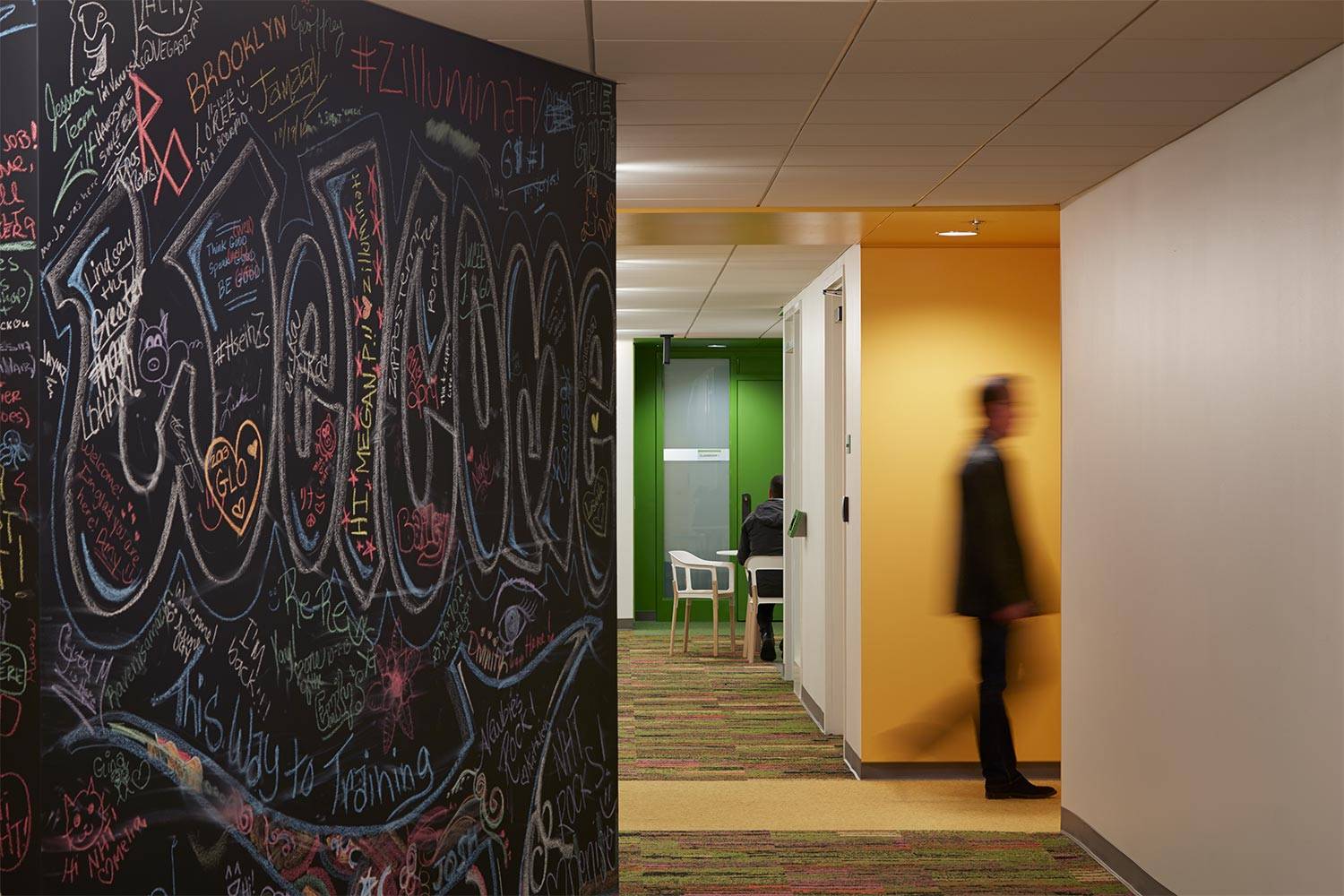 Using stress as just one indicator of health, statistics suggest otherwise. The total cost of stress to U.S. organizations, resulting in absenteeism, reduced productivity, compensation claims, health insurance, and direct medical expenses, has been estimated at more than $150 billion annually. There is no reason to assume employee stress has decreased over the past twenty-five years. The Gallup Organization reports that seven in ten American workers are “not engaged” or “actively disengaged” in their work. In effect, these disengaged workers are “checked out.” They are present physically but “sleepwalking” through their workday, a phenomenon labeled “presenteeism.”
Using stress as just one indicator of health, statistics suggest otherwise. The total cost of stress to U.S. organizations, resulting in absenteeism, reduced productivity, compensation claims, health insurance, and direct medical expenses, has been estimated at more than $150 billion annually. There is no reason to assume employee stress has decreased over the past twenty-five years. The Gallup Organization reports that seven in ten American workers are “not engaged” or “actively disengaged” in their work. In effect, these disengaged workers are “checked out.” They are present physically but “sleepwalking” through their workday, a phenomenon labeled “presenteeism.”
Gallup estimates that this disengagement costs the U.S. several hundred billion dollars a year (Creighton, 2014.) Is the physical design of the environment the major source of stress; or put another way, what contributes most to a sense of health and well-being at work? In a review of the literature on health and well-being in the workplace, Cristina Banks (2014) reported that frontline staff identified thirteen characteristics of a healthy workplace. Only three were related directly to the physical environment: personal privacy, natural ventilation and natural light. The top two healthy workplace characteristics were organizational cultures that valued self-respect and respect for others; and ones that valued inclusiveness and employee voice.
Understanding context
Does that mean the physical environment is not really important? No. But it does mean that if we want to invest in design that makes a difference to health and performance we need to understand the social and organizational context in which different design characteristics contribute to a healthy organizational culture. We need to understand what works and what doesn’t for different types of workers doing different jobs.
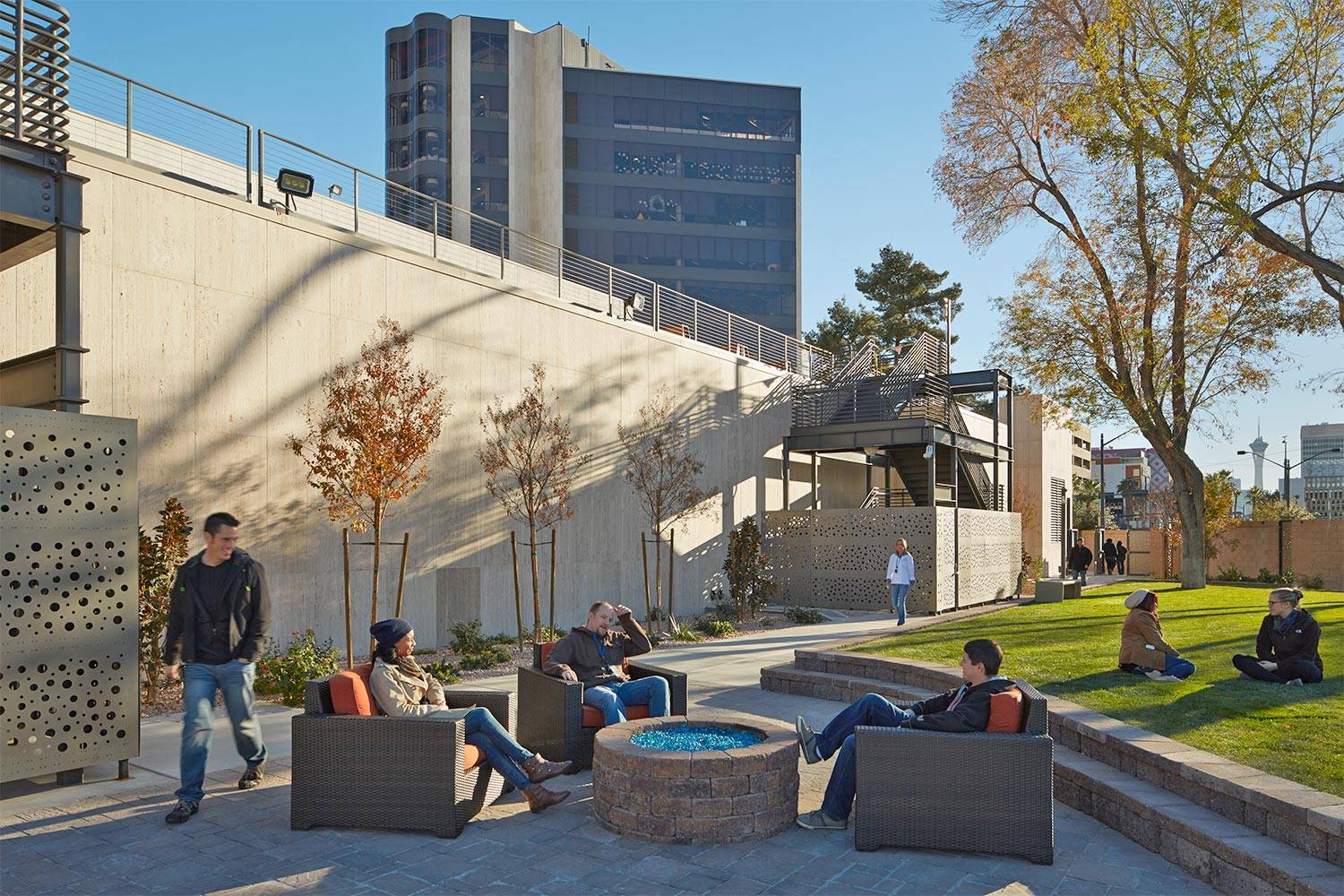 We need to understand how socio-economic, cultural and demographic factors play a role in this. And we also need to understand why some designs work while others fail across a wide variety of contexts. All that requires evidence of some sort. Not guesses. Not a few anecdotes. It requires research. But of what sort?
We need to understand how socio-economic, cultural and demographic factors play a role in this. And we also need to understand why some designs work while others fail across a wide variety of contexts. All that requires evidence of some sort. Not guesses. Not a few anecdotes. It requires research. But of what sort?
The fundamental premise of evidence-based-design is straightforward: better designed solutions, ones that are more likely to support valued outcomes, will result from using the evidence generated by high quality, formalized and rigorous research processes. The concept is spot on. The reality is that the amount of research available is limited.
In her review of the literature on the impact of different kinds of intervention to improve workers’ health and well-being, Banks (2014) concluded that “the impact of these interventions is either unimpressive or unknown.” Most of the workplace literature, particularly on the effects of design factors on performance, is equally limited. Most of it is based on self-report measures of satisfaction and environmental preferences, or perceived connections between design factors and performance and innovation.
There are extremely few studies like the one carried out by Jason Owen-Smith and others at the University of Michigan, not least in using a rigorous comparative research design and sophisticated data analytics to examine the “socio-spatial significance in innovation.” Yet this is an unpublished study, not easily available to the public. Even with the most rigorous peer reviewed academic research, the problem remains for the practitioner. The study was conducted in a specific social and organizational context, in a particular job sector, and with a defined workforce demographic that is likely to be different than the one in which they are seeking insight.
What can practitioners, and companies trying to make more informed decisions about how to invest scarce resources into their own facilities do? To achieve desired outcomes in the face of published evidence that always needs to be interpreted and filtered and adopted for implementation in their own specific facility, work group, project de jour? Is the answer to throw up one’s hands in despair? Or to just go with one’s “gut feelings?”
Much better, I think, is supplementing the published research that provides general insight by conducting their own small, fast studies that provide perspectives grounded in empirical data relevant to their own specific context and organization. I call this form of inquiry “practice-based” research. Rigorous “academic-based” research that appears in peer-reviewed academic journals takes from 3-4 years from inception to publication. Practitioners cannot wait that long for just one study that may or may not be directly relevant to their own organization and specific project. Practice-based research typically takes a few months and is organization specific. It lacks the scope and rigor and long time frame reflected in academic-based research’s larger sample sizes and more sophisticated research designs and statistical analysis. But it makes up for these limitations in speed and organizational relevance.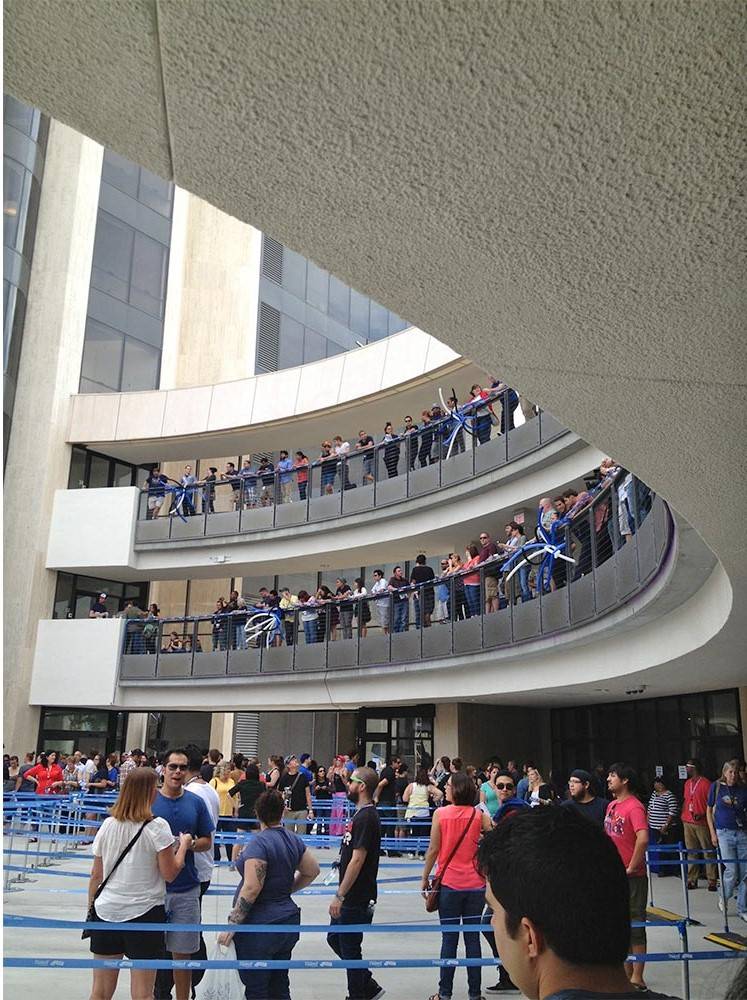
Academic and practice-based research is complementary. Practice-based research takes many forms. Using an example from my recent work in healthcare settings, one of the world’s most complex work settings, the neonatologist in our local hospital conducted a study over a six-month period. This identified design and technological factors in his hospital that dangerously increased the time from when a baby with a serious health problem was born until she underwent surgical treatment. The US national standard for safe care for these conditions was 30 minutes from “inception to incision.” After carefully tracking actual time (not guessing or estimating), it turned out this process was taking, in some cases, 38 minutes.
By doing a “lean process” study in which every step of the journey and process was thoroughly mapped and timed, and the roadblocks along the way identified and removed, the time was cut to 18 minutes. Babies’ lives were saved. This study’s sample size would not warrant publication in a peer-reviewed journal. But it made all the difference for a specific hospital; and it was based on evidence, not guestimates or personal experience or preference. The results were then fed forward into the design of a new neonatal facility currently under design.
Disruptive innovation
Much of the workplace research, either academic or practice-based, is intended to generate what Clayton Christensen in the “Innovator’s Dilemma” calls sustainable innovation; that is, innovation intended to produce refinements that extend the life of an existing product. Think of the regular software updates that eliminate glitches and plug security holes. Definite improvements but not what Christensen calls “disruptive innovation.”
The shift from a slide rule to an HP electronic calculator or from the IBM’s PC to Apple’s Mac are disruptive innovations—paradigm-busting game changers. You cannot systematically evaluate what doesn’t exist. But you can still collect relevant evidence, not for peer-reviewed publications, but to generate insight grounded in more than best guesses. Here, the role of evidence is not to justify a decision but to stimulate the imagination.
For example, when Detroit-based Henry Ford West Bloomfield Hospital wanted to fundamentally change the nature of patient care, they brought Gerhard Grinsveld in as CEO. Though Grinsveld had no hospital experience, the former Ritz Carlton hotel chain executive knew a great deal about customer care. Grinsveld started by collecting his own “evidence.” He realized he knew almost nothing about the African-American, Iranian, and Jewish populations the hospital served. His staff suggested doing focus groups. Instead, he called people in the neighborhoods surrounding the hospital and asked if he could make dinner and bring it to their house and talk. He knew he would develop a much deeper understanding—better evidence—from personal visits.
With insights gained, he paid attention to making the hospital environment more welcoming and the rooms more home-like and comfortable. Of course, many hospitals are doing that. But what they are not doing is engaging the local community. They are not inviting them to dine at the hospital—not just when they are sick or visiting a patient—but regularly because the food is so good, it’s affordable, and the environment is so inviting.
Grinsveld did this and more. Recognizing that the surrounding neighborhoods were filled with obese children for whom fast food diets are the norm, Grinsveld built greenhouses and test kitchens and invited busloads of children and their parents to visit. He wanted them to see where vegetables are grown and to learn how to prepare food that is both tasty and healthy. In doing all of this Grinsveld shifted the paradigm from ‘hospital as a place you go when you are sick’ to ‘hospital as a community resource for staying well.’ These interventions were not based on a coolness factor or design fashion. Evidence about obesity, health, and nutrition, as well as anthropology and sociology were critical.
Henry Ford is a hospital, but it operates in a fiercely competitive environment. To not just survive, but also thrive, it needs to be as innovative, in its own way, as Google or Amazon are in their markets. Findings from formal evidence-based design studies together with their own internal research and projects fueled imagination and shaped the vision of the larger role the hospital could play in the community.
This piece is taken from the extensive archive at Work&Place, the world’s most influential workplace journal. Images: Zappos Offices by KMD Architects
___________________________________
 Franklin Becker, PhD, is Professor Emeritus, Design and Environmental Analysis in the College of Human Ecology at Cornell University.
Franklin Becker, PhD, is Professor Emeritus, Design and Environmental Analysis in the College of Human Ecology at Cornell University.






